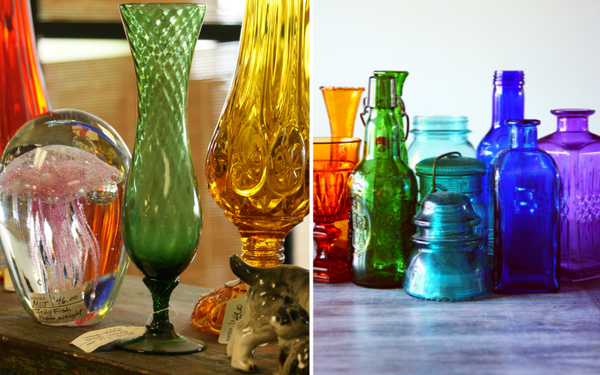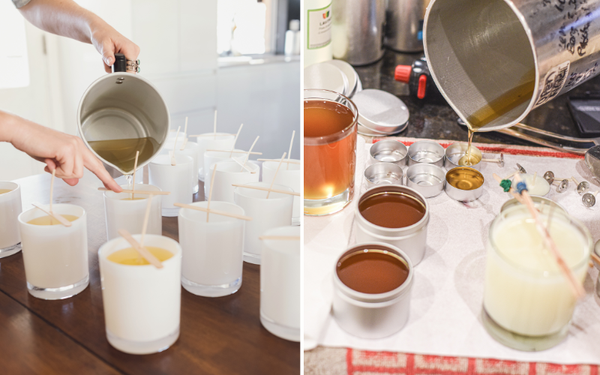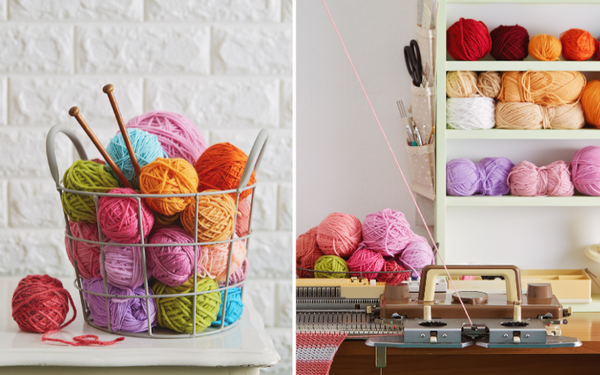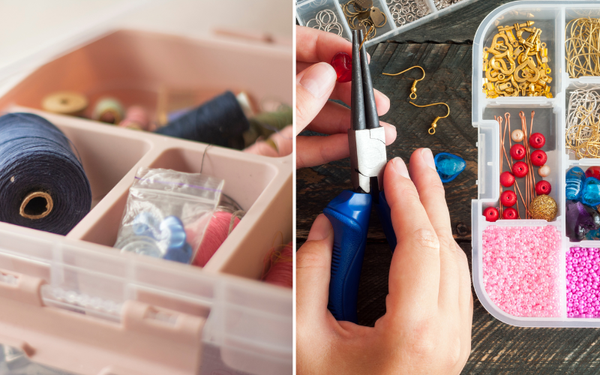When it comes to pottery, the wheel is one of the most important tools a potter will use. But not all pottery wheels are created equal, and there can be significant differences in price between different models. As a beginner potter, you may be wondering what the difference is between cheap and expensive pottery wheels, and whether it's worth the investment to buy a high-end model.
In this post, we'll take a closer look at the key differences between cheap and expensive pottery wheels so you can make an informed decision.
Speed Control: One of the biggest differences between cheap and expensive pottery wheels is their speed control. High-end models often have a greater range of speeds to choose from, which is important because different clay bodies and techniques require different speeds. Cheaper models may only have one or two speeds, which can limit your ability to work with different types of clay or produce certain forms.
Ease of Use: Another factor to consider is ease of use. While all pottery wheels require some degree of skill and practice to use effectively, high-end models often have additional features that make them easier to use. For example, top-end models may have a softer start-up, which means that the wheel gradually increases speed when you turn it on. Cheaper models may have a more abrupt start-up, which can be more jarring and cause your clay to fly off the wheel.
Motor Power: The power of the motor is another key difference between cheap and high-end pottery wheels. High-end models often have more powerful motors, which means they can handle larger and more complex forms with ease. Cheaper models may struggle with larger forms or require more time to center the clay properly, which can be frustrating and limit your ability to create certain pieces.
Durability: Finally, one of the biggest differences between cheap and expensive pottery wheels is their durability. High-end models are often built to last and can withstand heavy use over years or even decades. Cheaper models, on the other hand, may wear out more quickly or require more maintenance to keep running smoothly. While the initial cost of a high-end pottery wheel may be steep, the investment can pay off in the long run if you plan to use the wheel regularly.
Conclusion:
In summary, there are significant differences between cheap and high-end pottery wheels, and it's important to consider these differences before making a purchase. From speed control to motor power to durability, there are many factors to consider when choosing a pottery wheel. While a high-end model may be a significant investment, it can also make the pottery-making process easier and more enjoyable, and can last for many years with proper care and maintenance. Ultimately, the choice will depend on your personal preferences, budget, and intended use for the wheel, but we hope this post has provided some helpful insights to guide your decision-making process.










